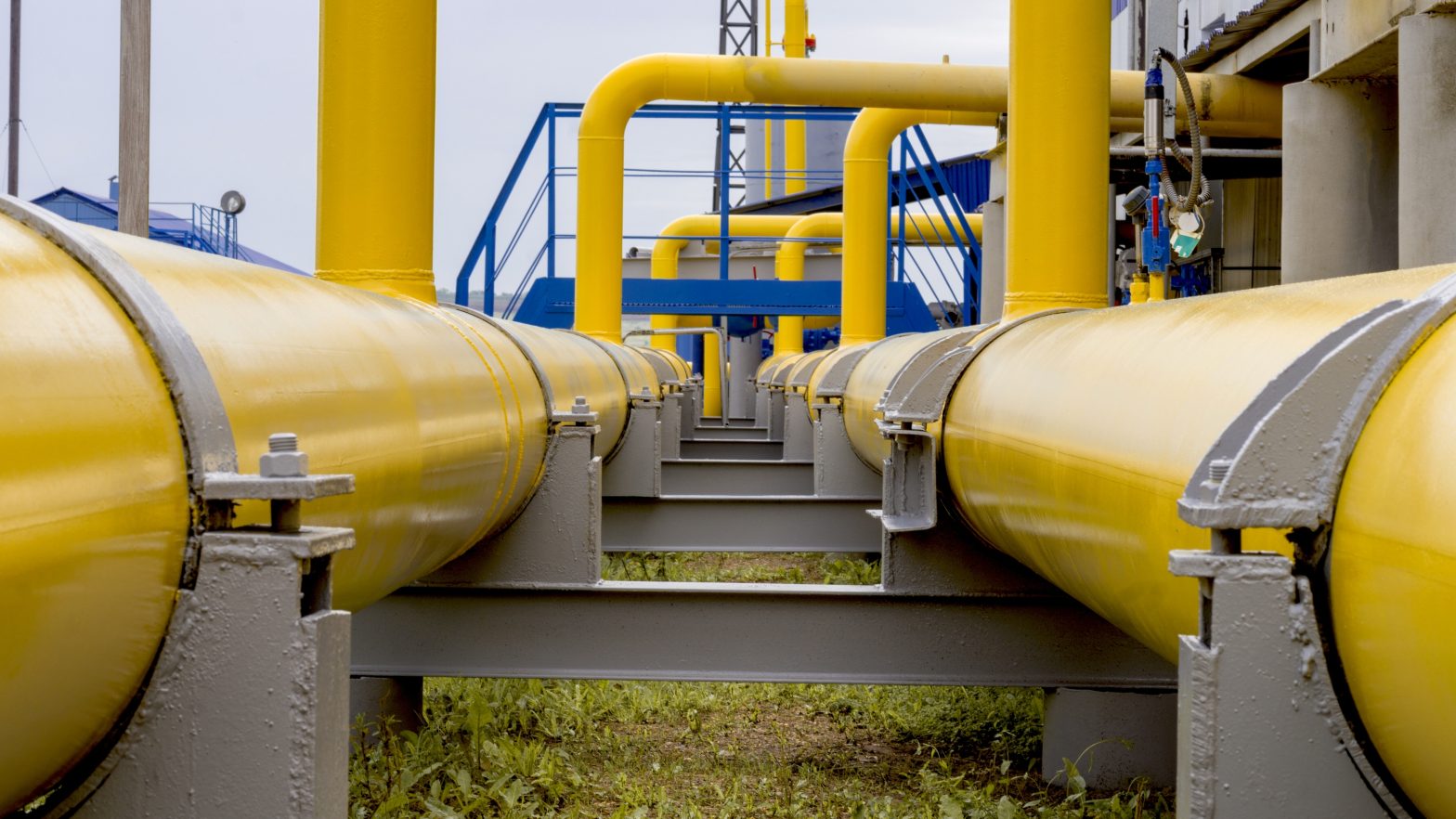Pipelines play a role in transporting resources like oil and gas over long distances, facing tough environmental conditions along the way. To ensure their security and functionality, coatings are applied to protect them from corrosion, abrasion, and other types of damage. Among these techniques, polyurea stands out for its durability and flexibility. This article delves into the significance of pipeline coatings, exploring how they safeguard pipelines and discussing the benefits of using polyurea to enhance longevity and reliability.
The Significance of Pipeline Coatings
Operating in challenging underwater environments and across terrains exposes pipelines to elements that can compromise their integrity. Without protection pipelines may corrode, leading to leaks or ruptures that necessitate repairs. In cases a compromised pipeline could trigger disasters and disrupt the flow of vital resources.
Coatings protect the pipeline and its surroundings by preventing contact with moisture, chemicals or corrosive materials that could harm the metal surface. This protective layer is essential for preserving the integrity of pipelines over time, reducing failure risks and prolonging the lifespan of this infrastructure Methods for coating pipelines
There are methods employed to add coatings to pipelines, each offering distinct advantages based on the specific project requirements. The selection of a coating method typically hinges on factors like the pipeline type, environmental conditions and the desired level of safeguarding.
One used approach is fusion-bonded epoxy (FBE) coating. FBE involves applying a powder coating to the pipeline surface using heat. When heated, the powder adheres to the metal, forming a resilient coating known for its exceptional adhesion and resistance to corrosion. This makes FBE a popular option for pipelines operating in environments.
Another prevalent technique is applying three layer polyethylene (3LPE) or three layer polypropylene (3LPP) coatings. These coatings comprise a FBE layer, a middle layer and an outer layer of polyethylene or polypropylene. The combination of these layers offers protection against corrosion, mechanical damage and environmental strains. 3LPE and 3LPP coatings are particularly effective for safeguarding buried water submerged pipelines.
Apart from these methods, the usage of polyurea coatings has been increasingly favored in the pipeline sector.
Polyurea is a type of elastomer applied with a spraying technique and quickly solidifies to create a bendable and highly resilient layer. Its unique characteristics make it an excellent choice, for safeguarding pipelines against hazards.
The Importance of Polyurea in Safeguarding Pipelines
Polyurea stands out as a top-notch coating material because of its adaptability and exceptional performance. When used on pipelines, polyurea forms a barrier that repels water, chemicals, and wear. This quality makes it especially effective in settings where pipelines are exposed to elements, extreme temperatures, or physical stress.
A notable advantage of polyurea is its curing process. Once applied on the pipeline surface polyurea solidifies within minutes enabling the pipeline to be operational. This quick turnaround time is critical in industries where reducing downtime’s crucial. The rapid curing also renders polyurea for on site applications under challenging conditions like high humidity or low temperatures.
Another key benefit of polyurea is its flexibility. Pipelines frequently undergo movements due to temperature changes, ground shifts or natural material expansion and contraction. Unlike coatings that may crack when subjected to stress polyurea can. Contract along, with the pipeline while preserving its protective qualities over time.
The flexibility of polyurea ensures that the coating remains intact in challenging environments where other coatings may not hold up.
One key feature of polyurea is its nature. Unlike coatings that may have joints or seams, to corrosion and leaks polyurea forms a continuous layer without any weak points. This seamless application boosts the coatings durability. Reduces the need for maintenance and repairs.
Additionally, the abrasion resistance of polyurea makes it an ideal option for pipelines that handle materials or face stress. The robust polyurea layer shields the pipeline from damage prolonging its lifespan and minimizing the risk of leaks or ruptures.
When it comes to applying polyurea coatings to pipelines, precision and expertise are crucial. Proper surface preparation is essential, before coating application to ensure adhesion. This preparation involves cleaning the pipeline surface and removing any rust, dirt or old coatings that could hinder bonding. Once prepared specialized spray equipment is used to apply the polyurea consistently.
Polyurea coatings can be applied internally and externally on pipelines to protect against hazards.
The outer layer of the pipeline shields it from moisture, chemicals and physical harm while the inner coating guards, against corrosion caused by the materials flowing through the pipeline.
Polyureas versatility in conditions and environments makes it a flexible solution for safeguarding pipelines. Whether the pipeline is underground, underwater or exposed to the elements polyurea offers long lasting protection.
Looking ahead at Pipeline Coating Technology
With advancements in the pipeline industry advanced coating methods like polyurea will play a role. The demand for adaptable and efficient coatings is spurring innovation in the sector resulting in new materials and application techniques.
Sustainability is also a factor in pipeline coating technology. The enduring shield provided by polyurea reduces the need for upkeep and repairs lessening the impact of pipeline operations. Furthermore progress in formulations and application methods is making polyurea a more sustainable option for safeguarding pipelines.
In years to come, combining polyurea with cutting-edge coating technologies could lead to even more effective solutions for protecting pipelines.
The use of materials and methods can enhance the safeguarding against an array of environmental hazards guaranteeing the durability and dependability of pipelines in even the most demanding circumstances.
In summary, coatings for pipelines are vital in safeguarding the network that transports resources worldwide. Polyurea has emerged as a solution in this area, providing strength, flexibility, and quick curing times. Creating a watertight shield, polyurea aids in preserving pipeline integrity, minimizing the chances of rust, wear and tear, and environmental harm. With advancements, polyurea will be pivotal in the future of pipeline protection as it supports efforts within the industry to uphold secure and trustworthy infrastructure.

